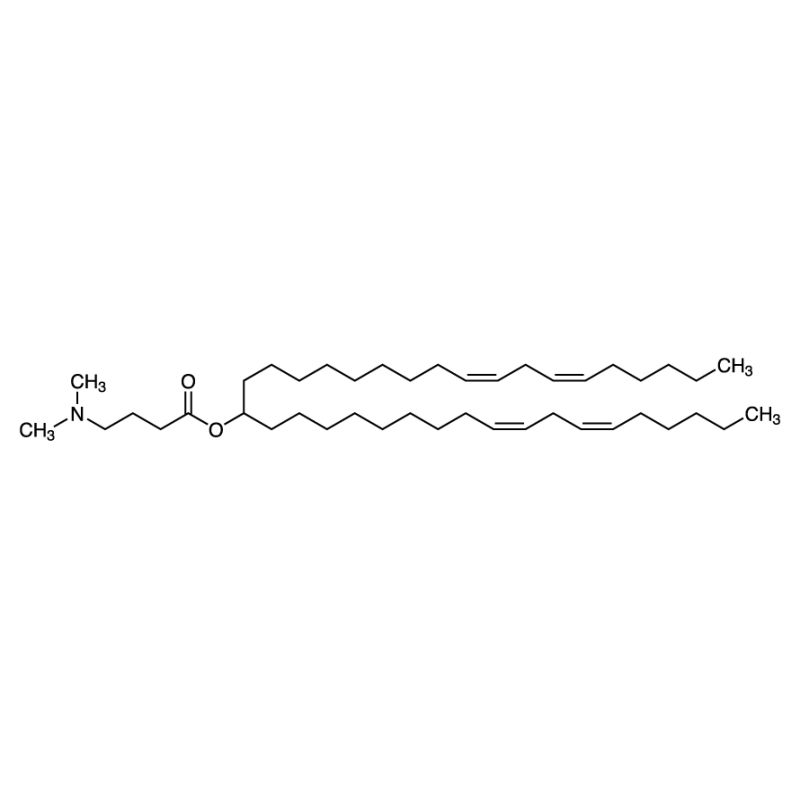产品
编 号:F081435
分子式:C43H79NO2
分子量:642.09
分子式:C43H79NO2
分子量:642.09
产品类型
规格
价格
是否有货
10mM*1mL in DMSO
1446
In-stock
5mg
1024
In-stock
10mg
1480
In-stock
25mg
2960
In-stock
50mg
询价
In-stock
100mg
询价
In-stock
>1g
询价
In-stock
结构图

CAS No: 1224606-06-7
产品详情
产品资料

